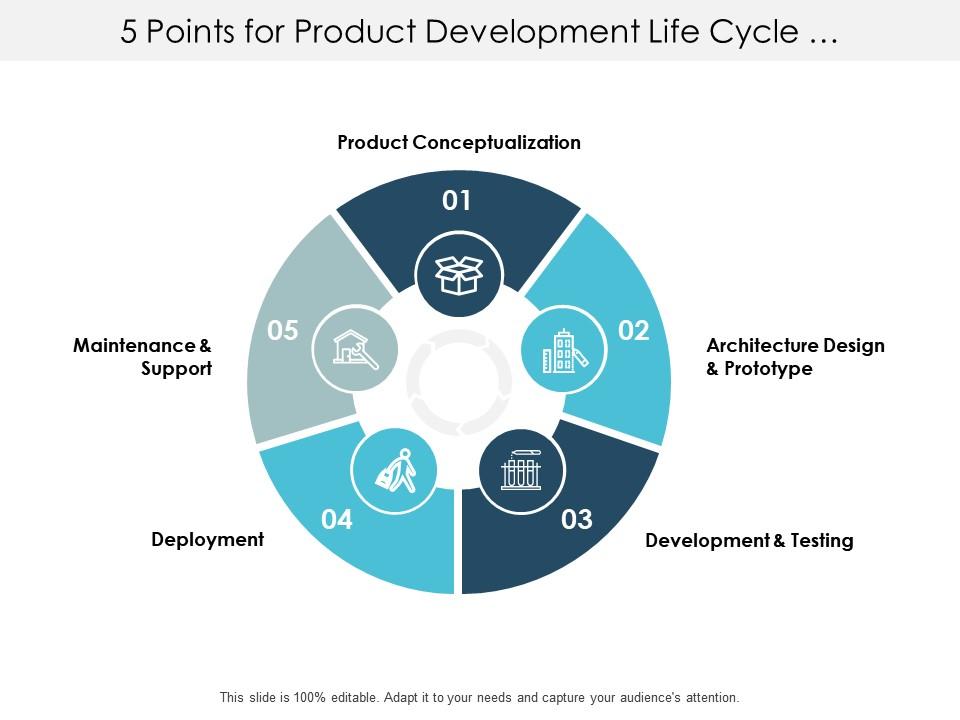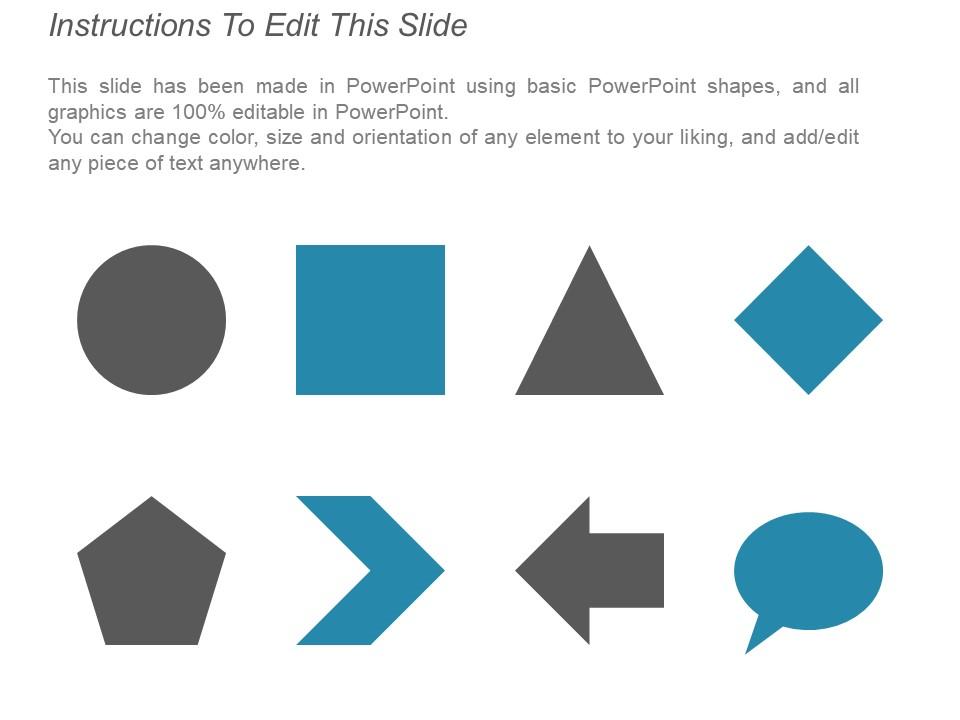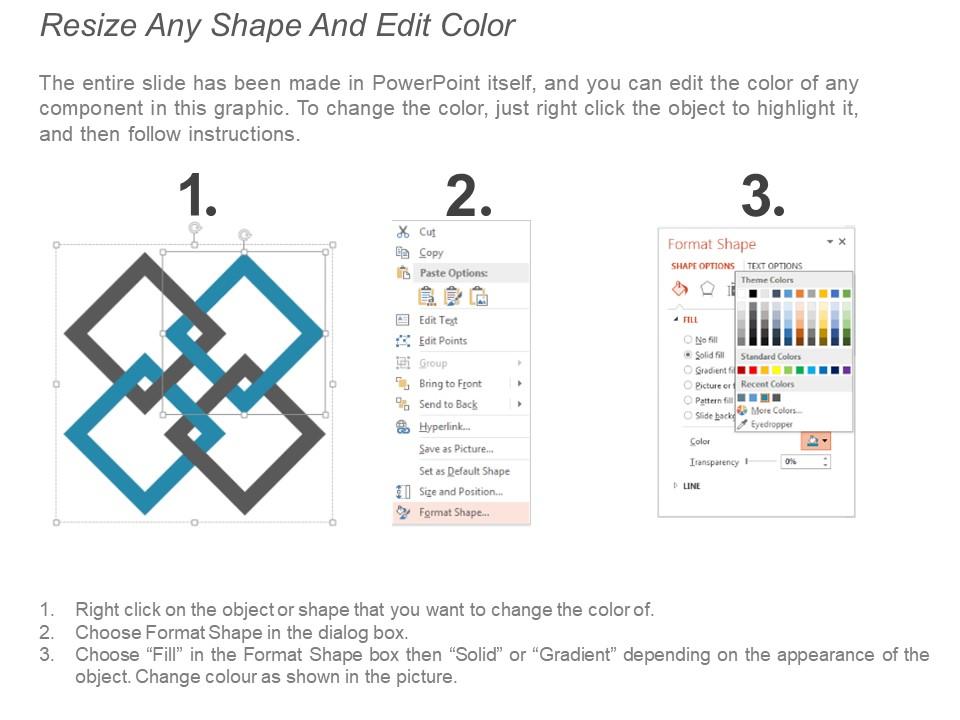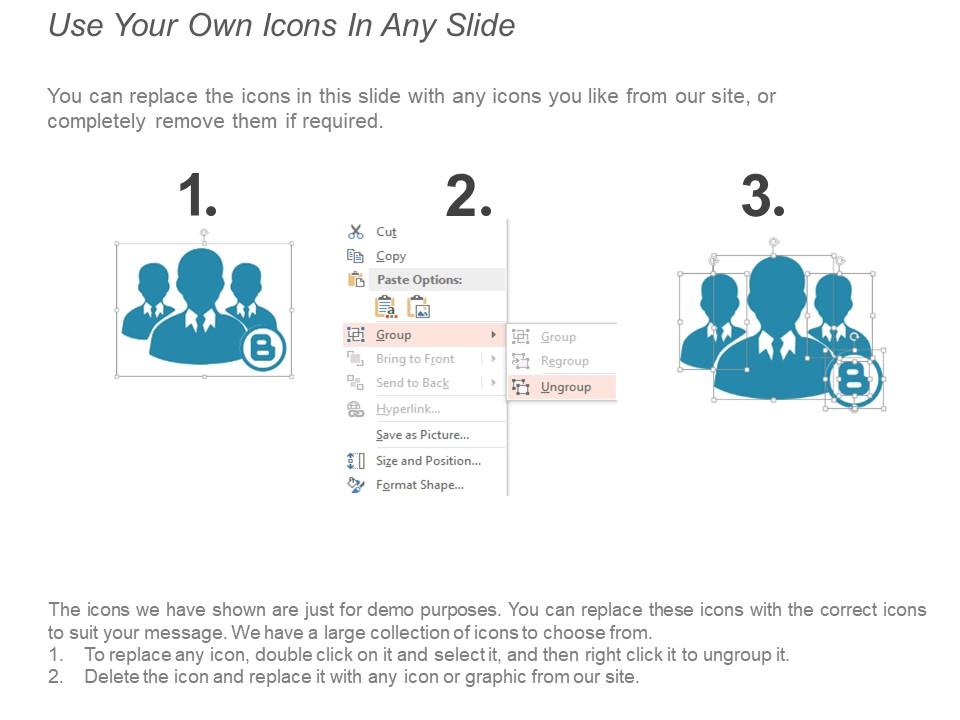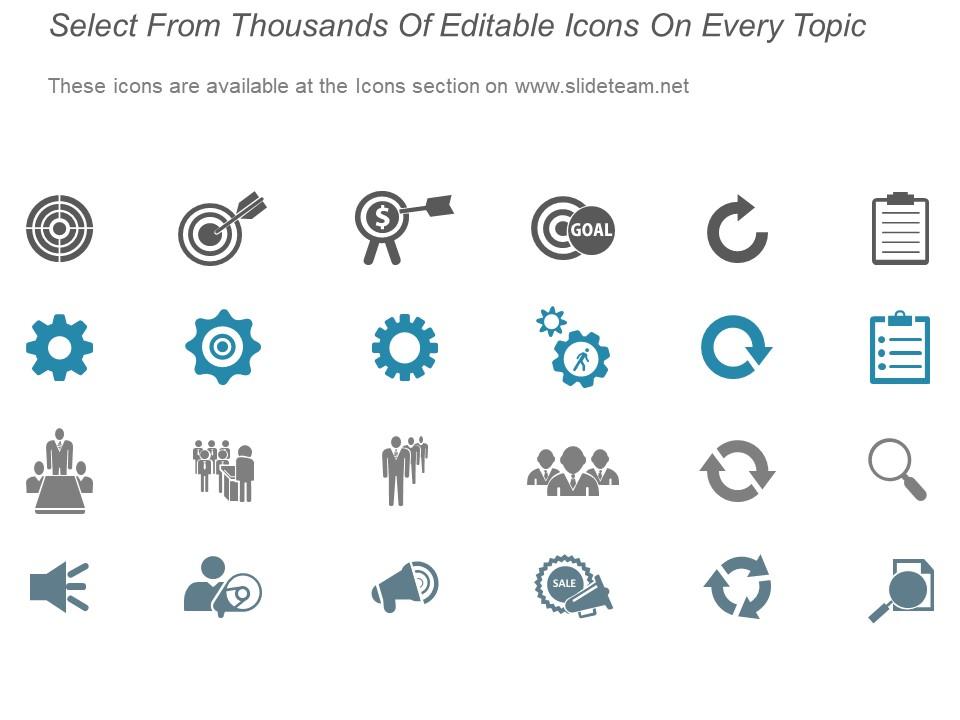5 points for product development life cycle management support
Don't allow folks to feel alienated with our 5 Points For Product Development Life Cycle Management Support. They ensure differences aren't created.
Don't allow folks to feel alienated with our 5 Points For Product Development Life Cycle Management Support. They ensure di..
- Google Slides is a new FREE Presentation software from Google.
- All our content is 100% compatible with Google Slides.
- Just download our designs, and upload them to Google Slides and they will work automatically.
- Amaze your audience with SlideTeam and Google Slides.
-
Want Changes to This PPT Slide? Check out our Presentation Design Services
- WideScreen Aspect ratio is becoming a very popular format. When you download this product, the downloaded ZIP will contain this product in both standard and widescreen format.
-

- Some older products that we have may only be in standard format, but they can easily be converted to widescreen.
- To do this, please open the SlideTeam product in Powerpoint, and go to
- Design ( On the top bar) -> Page Setup -> and select "On-screen Show (16:9)” in the drop down for "Slides Sized for".
- The slide or theme will change to widescreen, and all graphics will adjust automatically. You can similarly convert our content to any other desired screen aspect ratio.
Compatible With Google Slides

Get This In WideScreen
You must be logged in to download this presentation.
PowerPoint presentation slides
Presenting this set of slides with name - 5 Points For Product Development Life Cycle Management Support. This is a five stage process. The stages in this process are Product Development Lifecycle, Process, Business.
People who downloaded this PowerPoint presentation also viewed the following :
Content of this Powerpoint Presentation
Description:
The image presents a PowerPoint slide titled "5 Points for Product Development Life Cycle," which serves as an illustrative tool for understanding the sequential stages involved in the product development life cycle. This circular diagram outlines five key phases essential for transforming an initial idea into a fully functional product and ensuring its long-term success through ongoing support and maintenance. Each segment of the cycle is described as follows:
1. Product Conceptualization:
This initial phase involves the generation and refinement of ideas, transforming them into viable product concepts. It represents the inception stage of product development.
2. Architecture Design & Prototype:
In this stage, the conceptual design is translated into architectural blueprints, and prototypes are created for testing and validation. It signifies the planning and design phase.
3. Development & Testing:
This phase encompasses the actual creation and assembly of the product, followed by thorough testing to ensure quality, functionality, and performance. It signifies the execution phase.
4. Deployment:
The deployment phase represents the product's launch, where it is introduced to the market or handed over to the client for implementation.
5. Maintenance & Support:
The final phase involves providing ongoing support, updates, and maintenance to the product to ensure its continued relevance and functionality over time. It signifies the post-launch support and enhancement phase.
The circular design of the diagram suggests a continuous and iterative process. Feedback and insights gained from the maintenance and support phase can loop back into the product conceptualization phase, driving continuous improvement and innovation.
Use Cases:
This versatile model can be adapted and applied across various industries where product development plays a pivotal role. Here are seven industries and potential use cases for this model:
1. Technology:
Use: Explaining the lifecycle of software or hardware development.
Presenter: Product Manager.
Audience: Development Team or Stakeholders.
2. Pharmaceuticals:
Use: Outlining drug development from concept to post-market monitoring.
Presenter: R&D Director.
Audience: Research Scientists or Investors.
3. Automotive:
Use: Describing the stages of designing and launching a new vehicle model.
Presenter: Chief Engineer.
Audience: Automotive Engineers or Marketing Team.
4. Consumer Electronics:
Use: Presenting the process for bringing new electronic devices to market.
Presenter: Innovation Lead.
Audience: Design Engineers or Product Marketers.
5. Aerospace:
Use: Mapping the lifecycle of aircraft design and manufacture.
Presenter: Program Manager.
Audience: Aerospace Engineers or Defense Contractors.
6. Software Development:
Use: Demonstrating the software development cycle, including post-launch support.
Presenter: Lead Developer.
Audience: Software Development Team or IT Managers.
7. Biotechnology:
Use: Illustrating the development process for biotech products, from concept to clinical trials and beyond.
Presenter: Chief Scientific Officer.
Audience: Biotech Research Team or Regulatory Affairs Specialists.
5 points for product development life cycle management support with all 5 slides:
Add to the believers in honest dealings with our 5 Points For Product Development Life Cycle Management Support. Inculcate the habit of being good.
No Reviews


